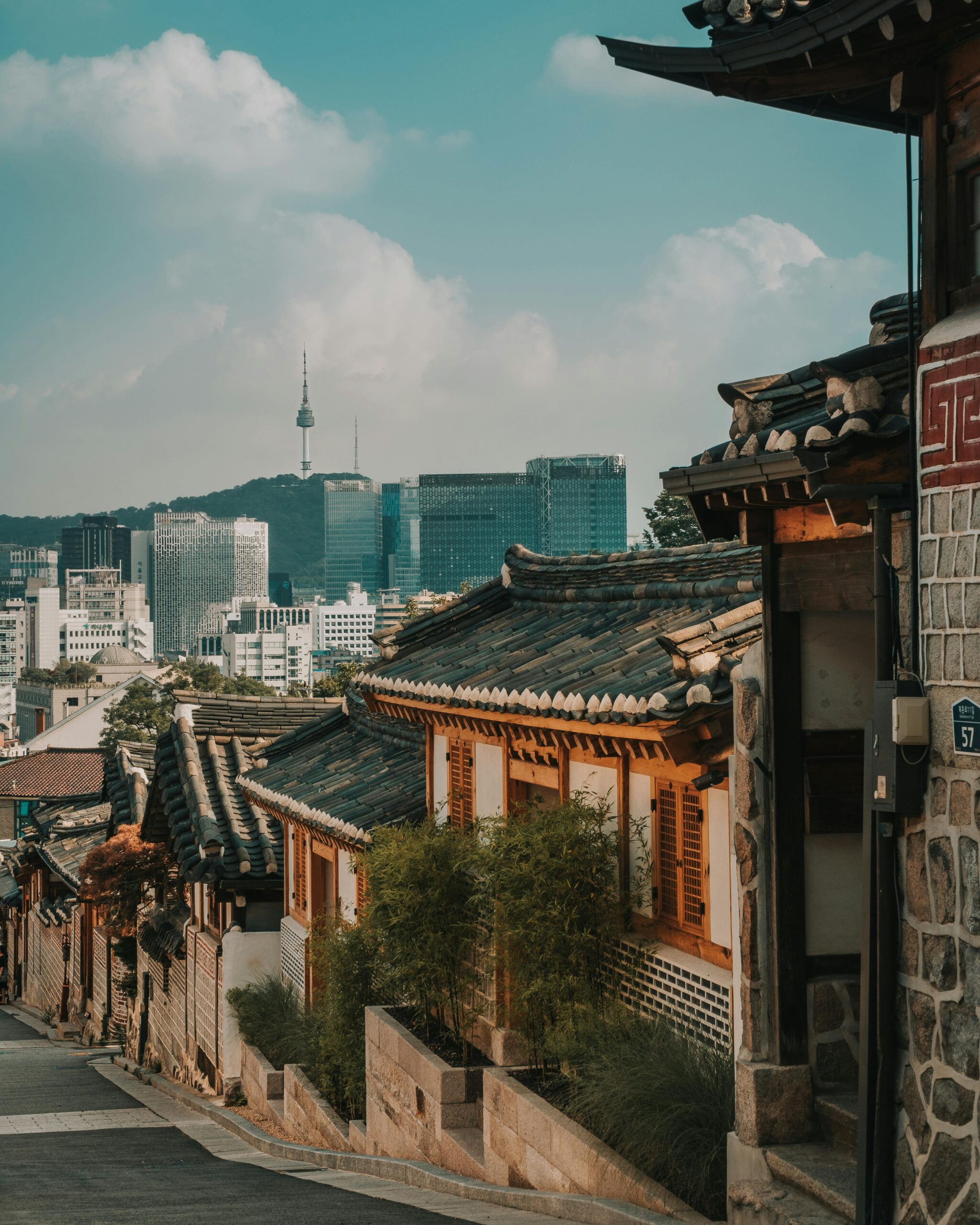Discovering Ikseon-dong Hanok Village: A Hidden Gem of Seoul
In the heart of Seoul lies Ikseon-dong Hanok Village, a captivating neighborhood where the charm of traditional Korean architecture gracefully meets the pulse of contemporary city life. Unlike its more famous counterparts, Ikseon-dong offers a more intimate and less commercialized glimpse into Korea’s rich cultural heritage. This neighborhood showcases narrow alleys lined with beautifully preserved hanoks—traditional Korean houses—that have been creatively repurposed as boutique cafes, artisan shops, and cozy restaurants. Through exploring Ikseon-dong, visitors can experience a unique blend of history, community spirit, and modern creativity, making it a must-visit destination for those seeking a deeper understanding of Seoul’s evolving urban landscape. The following text delves into the village’s history, architecture, cultural revival, vibrant modern scene, and its role in Seoul’s tourism landscape.
The Historical Roots of Ikseon-dong
Ikseon-dong dates back to the early 20th century during the Japanese colonial period in Korea, making it one of the oldest neighborhoods in Seoul. Originally constructed as a residential area for working-class citizens, the village’s hanoks exhibit architectural styles influenced by Joseon Dynasty aesthetics and practical urban needs of the time. These houses were built primarily from wood, clay, and tile, designed to maximize airflow and light within compact spaces. Despite rapid modernization engulfing Seoul, Ikseon-dong escaped large-scale redevelopment, preserving much of its original charm. This survival was partly due to the area’s less affluent status, which inadvertently shielded it from the wave of urban renewal projects that erased many similar neighborhoods. As a result, Ikseon-dong remains a living time capsule, offering insights into the city’s socio-cultural layers from a century ago.
Architectural Elegance and Design
The hanoks of Ikseon-dong embody traditional Korean architecture’s key principles—harmony with nature, functional design, and simple yet elegant aesthetics. Unique to this village is the modest scale and dense clustering of houses, creating a labyrinth of narrow alleys and intimate courtyards. Each hanok features ondol (underfloor heating) systems, wooden beams, curved tiled roofs (giwa), and paper-covered windows (changhoji), which sustain a comfortable environment through seasonal changes. In Ikseon-dong, many hanoks have been sympathetically renovated to preserve their structural integrity while incorporating modern amenities. This balance between preservation and adaptation allows visitors to appreciate authentic design details while enjoying contemporary comforts. The village stands as a testament to the resilience and beauty of Korea’s architectural heritage amid urban transformation.
The Cultural Revival and Community Spirit
In recent years, Ikseon-dong has experienced a cultural renaissance, fueled by young entrepreneurs and artists who embraced the hanok spaces as venues for creative expression. This influx has revitalized the neighborhood, transforming it into a vibrant cultural hub while respecting its historical context. Residents and newcomers work together to maintain a strong community atmosphere, emphasizing local art, crafts, and culinary traditions. Cultural events, workshops, and exhibitions often take place here, promoting heritage conservation alongside contemporary creativity. This community-driven revival has not only attracted tourists but also encouraged preservation efforts, proving that historic neighborhoods can thrive when supported by both tradition and innovation.
Modern Urban Experience in a Traditional Setting
Ikseon-dong offers a unique urban experience that contrasts sharply with Seoul’s bustling modern districts. Visitors can wander through maze-like alleys to discover hidden cafes serving specialty coffee, intimate bars with handcrafted cocktails, and boutique stores featuring handmade goods. The neighborhood seamlessly combines old-world charm with the trends of a global city, making it a favorite spot for locals and tourists seeking authenticity without sacrificing modernity. Food lovers can indulge in fusion Korean dishes in hanok-inspired restaurants or savor traditional teas in serene teahouses. This juxtaposition highlights how Ikseon-dong personifies the dialogue between Korea’s past and present, creating a dynamic yet grounded cityscape.
Ikseon-dong’s Role in Seoul’s Tourism and Future Prospects
As Seoul continues to develop as a global capital, Ikseon-dong Hanok Village stands out as a symbol of preservation amid change. While it remains less crowded than Bukchon or Insadong, it is gaining recognition for its authentic feel and diverse attractions. Sustainable tourism initiatives are increasingly emphasized here, aiming to protect the physical fabric of the hanoks and the neighborhood’s distinctive culture. The local government and community groups collaborate to ensure development respects the area’s heritage, encouraging responsible visitor behavior. Looking forward, Ikseon-dong is poised to be a model of how historical districts can adapt and prosper while retaining their unique identities in rapidly modernizing cities.
By exploring Ikseon-dong Hanok Village, one embarks on a journey through a rich tapestry of history, architecture, cultural revitalization, and modern lifestyle. This neighborhood’s story reveals the delicate dance between preservation and innovation, illustrating how a traditional area can adapt to contemporary urban life without losing its soul. Whether admiring the craftsmanship of hanok architecture, engaging with the vibrant local arts scene, or savoring eclectic culinary delights, visitors gain a multifaceted understanding of Seoul’s heritage and future. Ikseon-dong is more than just a historic site—it is a living community, a creative hub, and a shining example of how cultural heritage can thrive in the heart of a modern metropolis.
